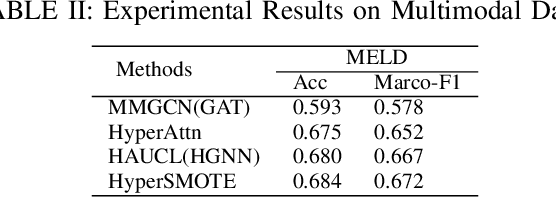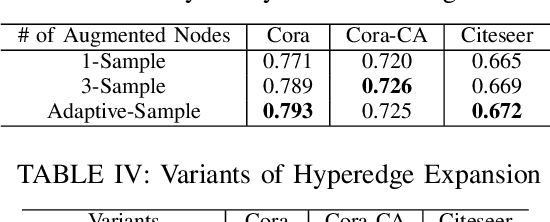Zijian Yi
NeuroFly: A framework for whole-brain single neuron reconstruction
Nov 07, 2024



Abstract:Neurons, with their elongated, tree-like dendritic and axonal structures, enable efficient signal integration and long-range communication across brain regions. By reconstructing individual neurons' morphology, we can gain valuable insights into brain connectivity, revealing the structure basis of cognition, movement, and perception. Despite the accumulation of extensive 3D microscopic imaging data, progress has been considerably hindered by the absence of automated tools to streamline this process. Here we introduce NeuroFly, a validated framework for large-scale automatic single neuron reconstruction. This framework breaks down the process into three distinct stages: segmentation, connection, and proofreading. In the segmentation stage, we perform automatic segmentation followed by skeletonization to generate over-segmented neuronal fragments without branches. During the connection stage, we use a 3D image-based path following approach to extend each fragment and connect it with other fragments of the same neuron. Finally, human annotators are required only to proofread the few unresolved positions. The first two stages of our process are clearly defined computer vision problems, and we have trained robust baseline models to solve them. We validated NeuroFly's efficiency using in-house datasets that include a variety of challenging scenarios, such as dense arborizations, weak axons, images with contamination. We will release the datasets along with a suite of visualization and annotation tools for better reproducibility. Our goal is to foster collaboration among researchers to address the neuron reconstruction challenge, ultimately accelerating advancements in neuroscience research. The dataset and code are available at https://github.com/beanli161514/neurofly
HyperSMOTE: A Hypergraph-based Oversampling Approach for Imbalanced Node Classifications
Sep 09, 2024



Abstract:Hypergraphs are increasingly utilized in both unimodal and multimodal data scenarios due to their superior ability to model and extract higher-order relationships among nodes, compared to traditional graphs. However, current hypergraph models are encountering challenges related to imbalanced data, as this imbalance can lead to biases in the model towards the more prevalent classes. While the existing techniques, such as GraphSMOTE, have improved classification accuracy for minority samples in graph data, they still fall short when addressing the unique structure of hypergraphs. Inspired by SMOTE concept, we propose HyperSMOTE as a solution to alleviate the class imbalance issue in hypergraph learning. This method involves a two-step process: initially synthesizing minority class nodes, followed by the nodes integration into the original hypergraph. We synthesize new nodes based on samples from minority classes and their neighbors. At the same time, in order to solve the problem on integrating the new node into the hypergraph, we train a decoder based on the original hypergraph incidence matrix to adaptively associate the augmented node to hyperedges. We conduct extensive evaluation on multiple single-modality datasets, such as Cora, Cora-CA and Citeseer, as well as multimodal conversation dataset MELD to verify the effectiveness of HyperSMOTE, showing an average performance gain of 3.38% and 2.97% on accuracy, respectively.
 Add to Chrome
Add to Chrome Add to Firefox
Add to Firefox Add to Edge
Add to Edge